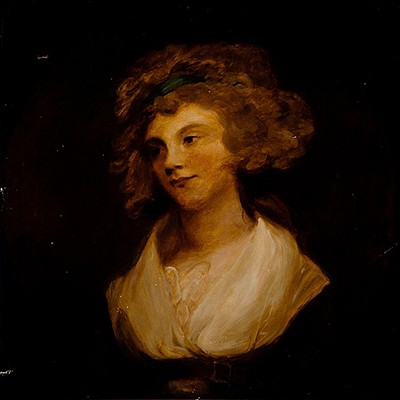Andalusian school; second half of the XVII century. "The abduction of Europe". Oil on canvas.
About Seller
Carrer Aragó 346
Barcelona
Spain
Setdart Subastas was born in 2004 and is currently the first online art auction in Spain with solidity, prestige and reliability guaranteed by our more than 60,000 users. Setdart has a young, dynamic and enterprising team ready to successfully manage the purchase and sale of art works through custom...Read more
Two ways to bid:
- Leave a max absentee bid and the platform will bid on your behalf up to your maximum bid during the live auction.
- Bid live during the auction and your bids will be submitted real-time to the auctioneer.
Bid Increments
| Price | Bid Increment |
|---|---|
| EUR€0 | EUR€10 |
| EUR€200 | EUR€25 |
| EUR€500 | EUR€50 |
| EUR€1,000 | EUR€100 |
| EUR€3,000 | EUR€200 |
| EUR€5,000 | EUR€500 |
| EUR€10,000 | EUR€1,000 |
| EUR€20,000 | EUR€2,000 |
| EUR€50,000 | EUR€5,000 |
About Auction
Nov 25, 2021
Setdart Auction House sofia@setdart.com
- Lot Description
Andalusian school; second half of the XVII century. "The abduction of Europe". Oil on canvas. Presents patches and restorations. Measurements: 122 x 165 cm. The abduction of Europa is one of the most known legends within the loves of Zeus. Europa was a Phoenician woman from Tyre, who was picking flowers on the beach accompanied by her ladies when she was spotted by the god. The god, smitten with her, transformed himself into a beautiful white bull and mingled with the cattle of the girl's father. She saw him and, seduced by his gentleness and beauty, rode on him, at which point the disguised god ran into the sea and swam to the island of Crete, carrying Europa on his back. Once there, Zeus revealed his true identity, and after joining her he made her the first queen of the island. In addition, the god gave Europa a necklace made by Hephaestus, a bronze automaton, a dog that never let go of its prey and a javelin that never missed. The seventeenth century marked the arrival of the Baroque in the Andalusian school, with the triumph of naturalism over Mannerist idealism, loose workmanship and many other aesthetic liberties. At this time the school reached its greatest splendor, both for the quality of the works and for the primordial rank of Sevillian Baroque painting. Thus, during the transition to Baroque we find Juan del Castillo, Antonio Mohedano and Francisco Herrera el Viejo, in whose works the rapid brushstroke and the crude realism of the style is already manifested, and Juan de Roelas, introducer of Venetian colorism. In the middle of the century the period reached its peak, with figures such as Zurbarán, a young Alonso Cano and Velázquez. Finally, in the last third of the century we find Murillo and Valdés Leal, founders in 1660 of an Academy where many of the painters active during the first quarter of the 18th century were trained, such as Meneses Osorio, Sebastián Gómez, Lucas Valdés and others.
Dimensions:
INV Number:
122 x 165 cm.
35256562 - Shipping Info
-
In-house shipping available. Please inquire at admin@setdart.com.
-
- Buyer's Premium



 EUR
EUR CAD
CAD AUD
AUD GBP
GBP MXN
MXN HKD
HKD CNY
CNY MYR
MYR SEK
SEK SGD
SGD CHF
CHF THB
THB

















